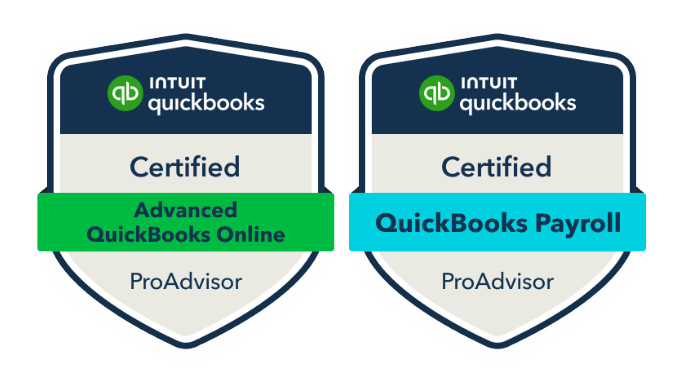Let’s get real: running a small business is a labor of love, but love alone won’t pay the bills. Whether you’re whipping up lattes, fixing leaks, or designing killer marketing campaigns, knowing your break-even point is crucial. It’s the line in the sand where you stop just covering costs and start making a profit. Spoiler alert: it’s easier to calculate than you think.
What Is the Break-Even Point, and Why Should You Care?
The break-even point is the point where your revenue equals your expenses. It’s the moment when all your hard work finally starts putting money in your pocket—not just covering rent, supplies, and that snack stash for the team.
Here’s why it’s a game-changer:
- Pricing Confidence: Know you’re charging enough to cover costs and make a profit.
- Strategic Planning: Understand how much you need to sell to stay afloat (or expand).
- Risk Management: Avoid the dreaded oops-I-underestimated-my-expenses moment.
Without it, you’re flying blind—and no one wants that.
Let’s Do the Math (It’s Not as Scary as It Sounds)
Here’s the simple formula:
Break-Even Point = Fixed Costs ÷ (Price Per Unit – Variable Costs)
Let’s break it down:
- Fixed Costs: Expenses that stay the same every month, like rent, insurance, or salaries.
- Price Per Unit: What you charge for a product or service.
- Variable Costs: Costs that change depending on sales, like materials or shipping.
Example:
Lisa runs a family-friendly restaurant. Her fixed costs (rent, utilities, staff) are $10,000 per month. She charges $15 per meal, and her variable costs (ingredients, packaging) are $5 per meal.
Break-Even = $10,000 ÷ ($15 – $5)
Break-Even = $10,000 ÷ $10
Break-Even = 1,000 meals per month.
Lisa now knows she needs to sell 1,000 meals each month just to cover her costs. Anything above that? Profit!
Break-Even in Action:
Mike, a plumber, thought he was making a killing on every big job. But after calculating his break-even point, he realized his pricing wasn’t covering the time and materials for smaller gigs. He adjusted his rates and now focuses on jobs that align with his break-even—and his profit goals.
Jenna, a marketing agency owner, used her break-even point to set monthly income goals. By knowing how many projects she needed to close each month, she avoided burnout and stayed laser-focused on her targets.
Beyond Break-Even: Planning for Profit
Knowing your break-even point is just the beginning. Once you’re clear on what it takes to break even, you can set realistic profit goals and plan for growth. Here’s how:
- Increase Revenue: Upsell existing customers or expand your offerings.
- Cut Costs: Negotiate with vendors or streamline operations.
- Monitor Regularly: Revisit your break-even point when expenses or pricing change.
Don’t Wait to Do the Math
If the thought of crunching numbers makes your eyes glaze over, don’t worry—you don’t have to do it alone. At Silvera Financial, we specialize in making sense of the numbers so you can focus on what you do best. Let’s sit down, crunch your break-even point, and set you up for long-term success.
Final Thoughts
Understanding your break-even point isn’t just a nice-to-know—it’s a need-to-know. It’s your roadmap to profitability, your pricing safety net, and your secret weapon for smarter decision-making. So grab your calculator (or shoot me a message), and let’s figure this out together. Your profits—and your peace of mind—are worth it.






0 Comments